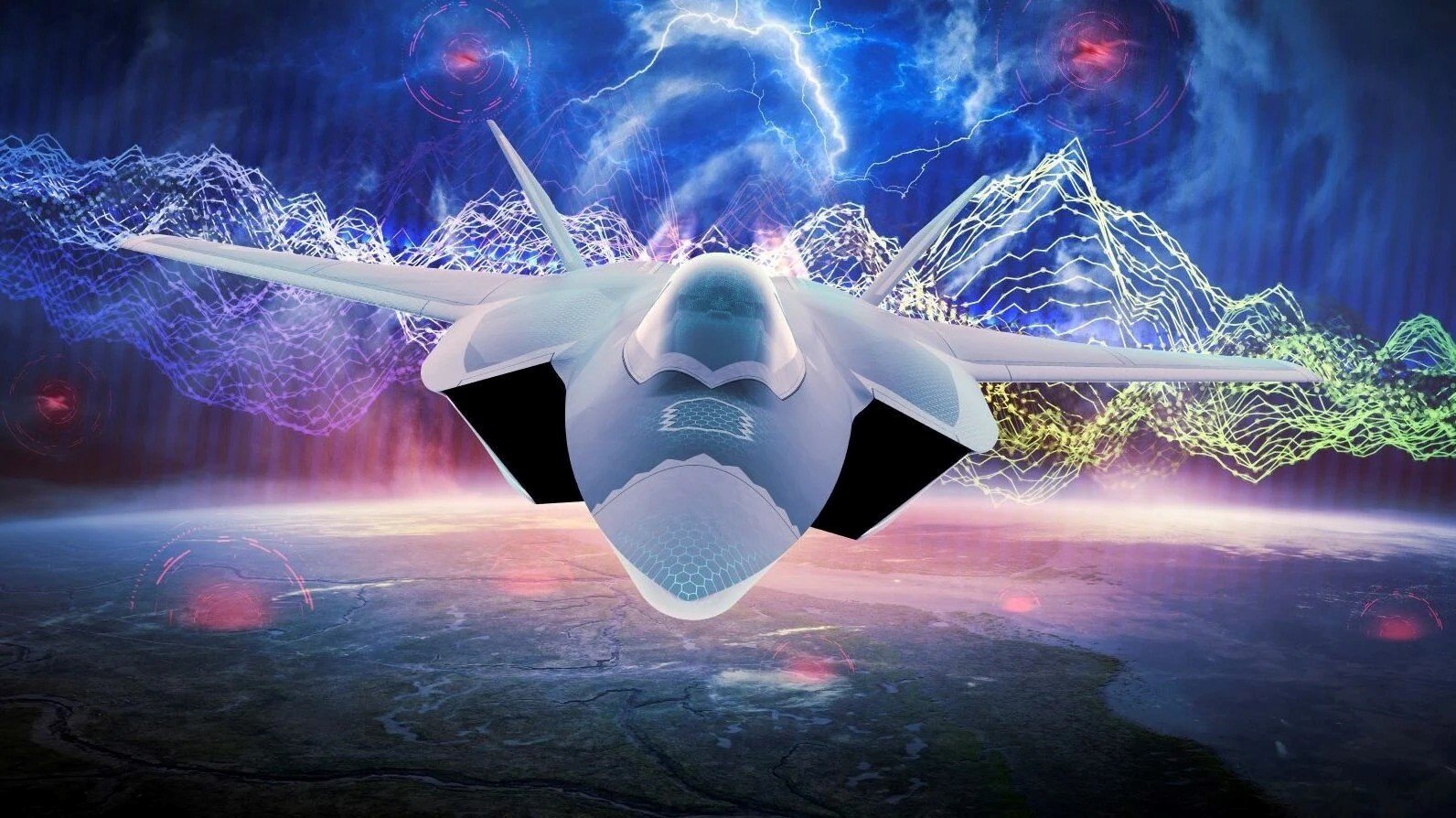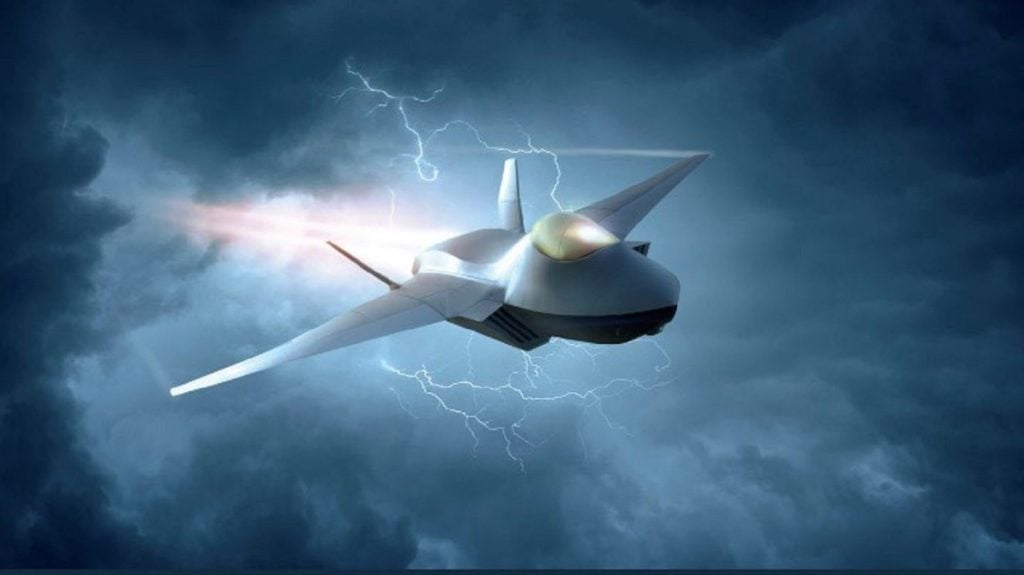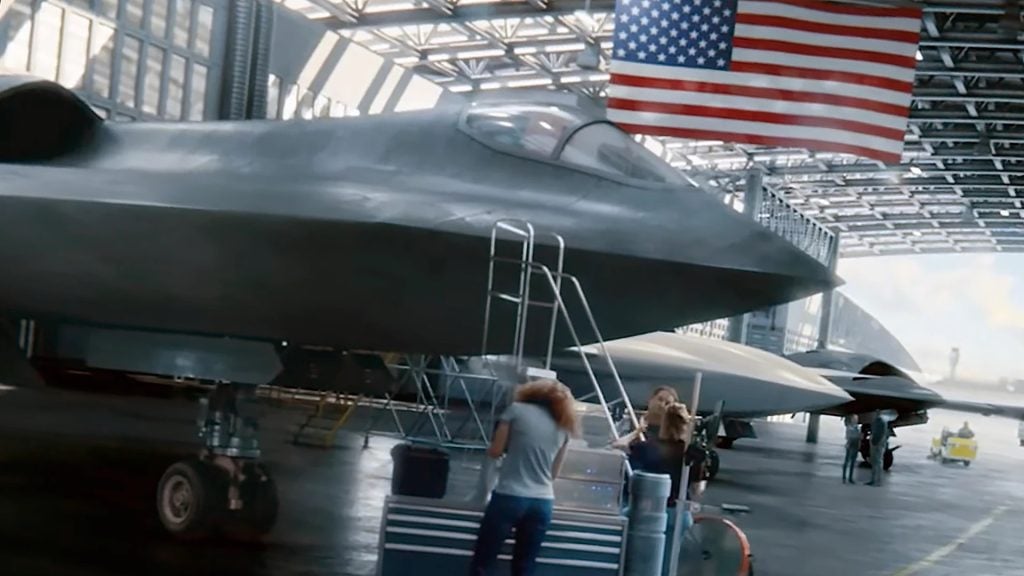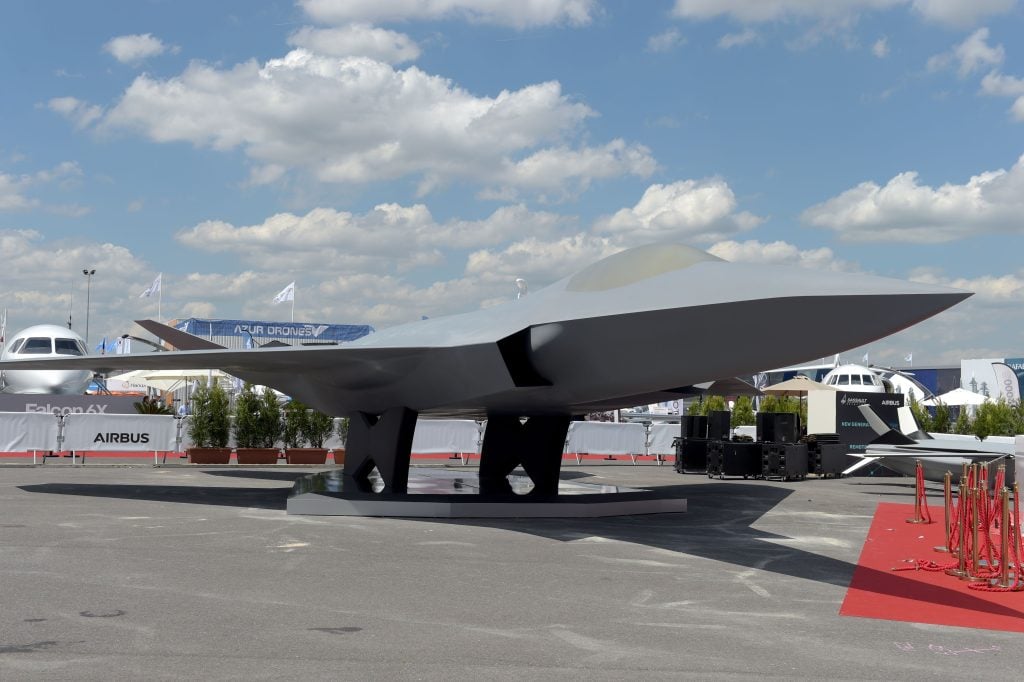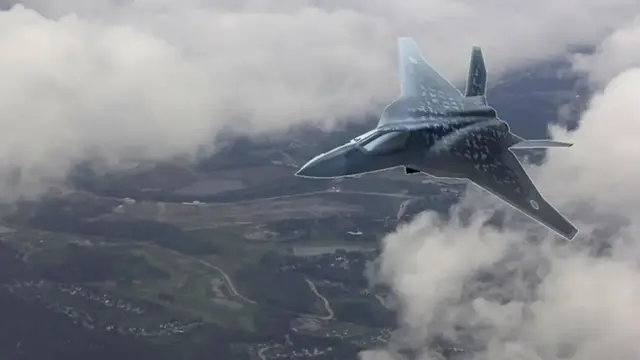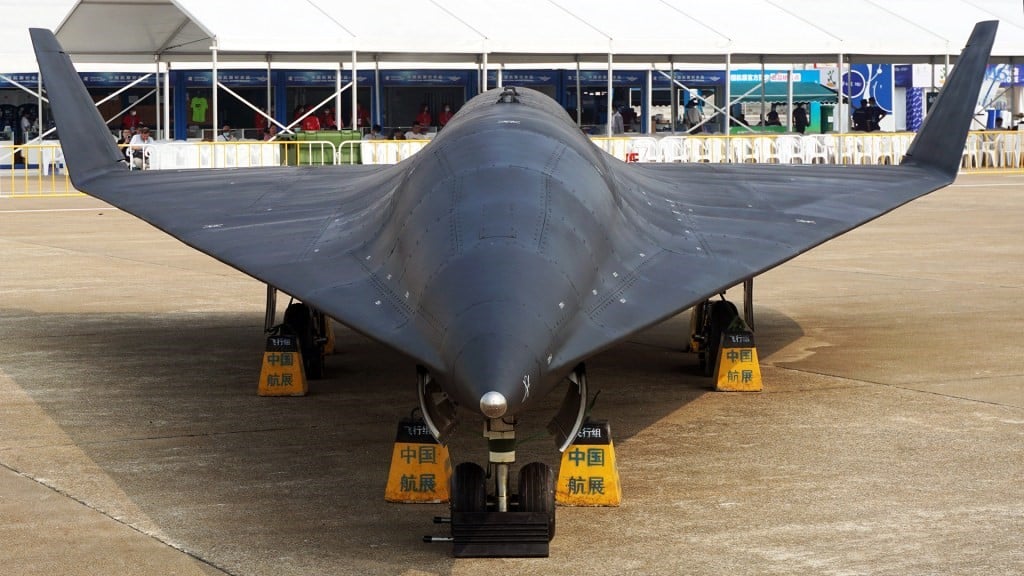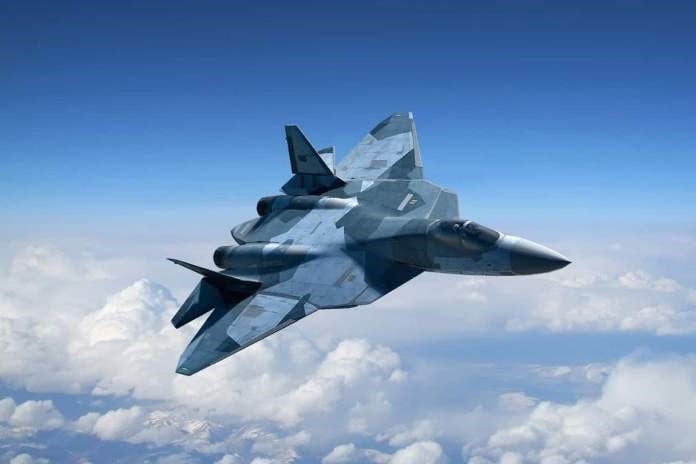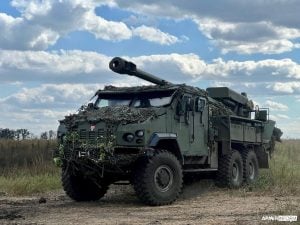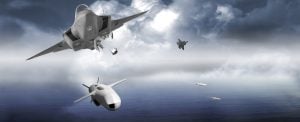The global defense landscape is undergoing a transformative shift, with leading military powers investing heavily in the development of next-generation combat aircraft. These sixth-generation fighter jets are poised to redefine the boundaries of air superiority, incorporating cutting-edge technologies and capabilities that surpass even the formidable fifth-generation platforms.
As nations compete to establish air dominance in the decades ahead, this comprehensive article delves into Top 5 Nations Developing 6th Gen Fighters.
1. United States
The United States, the undisputed leader in military aviation, is pursuing two distinct sixth-generation aircraft programs to cement its air supremacy. The Air Force’s Next Generation Air Dominance (NGAD) and the Navy’s F/A-XX initiatives are shrouded in secrecy, with few details publicly available. However, industry giants like Boeing, Lockheed Martin, and Northrop Grumman are believed to be at the forefront of these groundbreaking endeavors.
NGAD: Redefining Air Superiority
The NGAD program is envisioned as a family of systems, rather than a single combat aircraft. This holistic approach aims to ensure the United States maintains its air dominance through a synergistic blend of manned and unmanned platforms, advanced sensors, and cutting-edge technologies. Rumored features of the NGAD include variable-cycle engines, innovative composite materials, and a suite of sensors that push the boundaries of detection and tracking capabilities.
F/A-XX: The Navy’s Sixth-Gen Edge
Complementing the Air Force’s NGAD, the Navy’s F/A-XX program is focused on developing a next-generation fighter that will eventually replace the venerable F/A-18 Super Hornet. While details remain scarce, industry experts anticipate the F/A-XX to incorporate similar advancements in propulsion, materials, and sensor systems, further enhancing the U.S. military’s air power projection capabilities.
10 Top Game-Changing Weapons in India’s Military
2. European Collaboration
Across the Atlantic, Europe has also recognized the strategic imperative of developing its own sixth-generation combat aircraft. Two major collaborative programs have emerged, showcasing the continent’s ambition to assert its technological prowess in the aerospace domain.
The Future Combat Air System (FCAS)
Launched in 2017, the FCAS is a multinational effort spearheaded by France, Germany, and Spain. This ambitious program aims to replace the Dassault Rafale and Eurofighter Typhoon with a new-generation fighter, the Next Generation Fighter (NGF). The FCAS ecosystem also includes advanced unmanned aerial vehicles, networked data links, and an “air combat cloud” capability, all designed to provide a comprehensive air superiority solution.
Tempest and the Global Combat Air Program (GCAP)
Across the English Channel, the United Kingdom and Italy have joined forces on the Tempest program, which was later expanded to include Japan under the Global Combat Air Program (GCAP) banner. Tempest/GCAP envisions a fighter aircraft with revolutionary features, such as a next-generation flight control system, integration with unmanned platforms, and a “wearable cockpit” that leverages virtual reality technology to enhance pilot situational awareness and control.
3. Japan’s Pursuit of Technological Independence
As a key U.S. ally in the Asia-Pacific region, Japan has long relied on American-made fighter jets, including the formidable F-35 Lightning II. However, the island nation is now embarking on its own sixth-generation aircraft program, the F-X, with the goal of reducing its dependence on foreign suppliers and establishing technological self-sufficiency.
The F-X: Japan’s Homegrown Sixth-Gen Fighter
The F-X program aims to replace Japan’s aging F-2 fighters with a cutting-edge platform that incorporates advanced features such as fiber-optic flight controls, VR-style helmet-mounted displays, and enhanced networking capabilities. Notably, the F-X will also be designed to operate in tandem with Japan’s Combat Support Unmanned Aircraft (CSUA), a parallel program focused on developing next-generation unmanned combat systems.
4. China’s Secretive Sixth-Gen Ambitions
Shrouded in secrecy, China’s sixth-generation fighter program remains one of the most enigmatic developments in the global defense landscape. While details are scarce, industry analysts believe that the Chinese are pursuing a highly stealthy, AI-enabled fighter that could potentially challenge the technological superiority of the United States and its allies.
Pushing the Boundaries of Stealth and Autonomy
Rumors suggest that China’s sixth-generation fighter could feature revolutionary capabilities, including enhanced drone teaming, advanced artificial intelligence, and even directed-energy weapons. The focus on reducing the aircraft’s radar and infrared signatures indicates a relentless pursuit of stealth, a hallmark of China’s defense modernization efforts.
10 Top Land-Attack Cruise Missiles 2024
5. Russia’s Elusive MiG-41 Program
Rounding out the global landscape, Russia is also believed to be developing its own sixth-generation fighter, known as the MiG-41. However, details about this program remain scarce, with only limited information emerging from the state-owned defense conglomerate Rostec.
Replacing the Legendary MiG-31
The MiG-41 is expected to serve as a replacement for the venerable MiG-31 interceptor, which has been a mainstay of the Russian Air Force for decades. While the specifics of the MiG-41’s capabilities remain under wraps, it is likely that the program will incorporate advancements in areas such as propulsion, avionics, and weapon systems to maintain Russia’s strategic air power.
The Race for Technological Supremacy
As the world’s leading military powers engage in a high-stakes race to develop the next generation of combat aircraft, the implications for global security and the balance of power are profound. These sixth-generation fighter programs represent not only technological milestones but also geopolitical statements of intent, as nations strive to secure their airspace and project their influence on the global stage.
Collaboration and Competition
While some nations, such as the United States and its European allies, have embraced collaborative approaches to sixth-generation fighter development, others, like China and Russia, are pursuing more secretive and independent paths. This dichotomy highlights the complex interplay between cooperation and competition in the defense industry, as countries seek to balance their strategic interests with the need for technological advancements.
The Importance of Continued Innovation
Ultimately, the success of these sixth-generation fighter programs will hinge on the ability of nations to maintain a relentless pace of innovation, pushing the boundaries of what is technologically possible. As the global defense landscape continues to evolve, the nations that can harness the power of cutting-edge technologies, while also fostering a culture of collaboration and strategic foresight, will emerge as the undisputed leaders in air superiority.
The 5 Longest Range Missiles You Should Know About
Conclusion
The race to develop sixth-generation fighter jets has become a defining feature of the contemporary global defense landscape. From the United States’ NGAD and F/A-XX initiatives to the collaborative efforts of Europe’s FCAS and Tempest/GCAP, and the independent pursuits of Japan, China, and Russia, the world’s leading military powers are engaged in a high-stakes competition to secure air dominance for decades to come.
As these ambitious programs push the boundaries of aviation technology, the implications for global security and the balance of power are profound. The nations that can successfully navigate the delicate balance between collaboration and competition, while maintaining a relentless pace of innovation, will emerge as the undisputed leaders in the skies of the future.
FAQs
1. Which country is working on 6th generation fighter jet?
China is advancing rapidly with its ambitious sixth-generation fighter jet program, targeting a prototype by 2028 and a finalized design by the late 2030s. Experts point to China’s substantial strides in aerospace technology, indicating it could compete with global leaders within the next twenty years.
2. Is India working on the 6th generation fighter jet?
India’s 5th-Generation Fighter Could Receive Private Sector Support to Keep Up with China’s Ambitious Plans for 1,000 J-20s and 6th-Generation Jets by 2034. The Advanced Medium Combat Aircraft (AMCA), India’s fifth-generation fighter program, is advancing rapidly.
3. Which is India next gen fighter jet?
India aims to have the first prototype of its homegrown 5.5 generation fighter jet ready by 2028. The project is focused on creating the Advanced Medium Combat Aircraft (AMCA), a stealth fighter designed to carry a substantial weapons payload.
4. Is AMCA 6th generation?
The AMCA is the sole 5th generation fighter being developed in India at the moment.
5. What is the fastest plane in the world?
The NASA X-43 is the fastest aircraft ever created, achieving an astonishing Mach 9.6 (7,366 mph). This experimental aircraft was developed under NASA’s Hyper-X program to investigate the capabilities of air-breathing scramjet engines.
